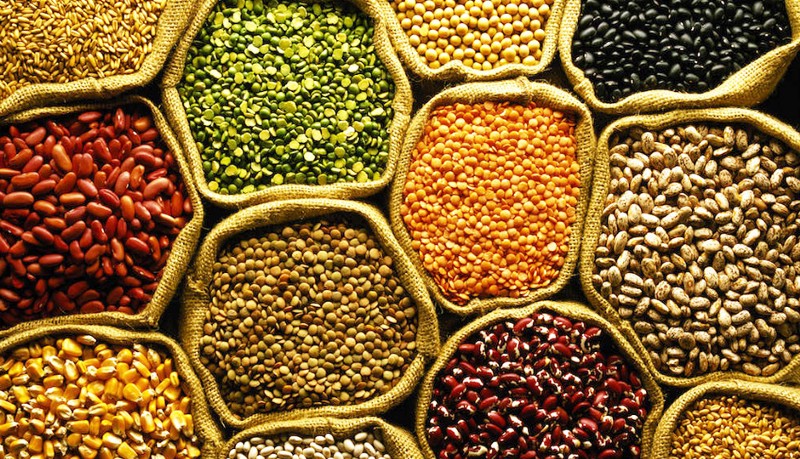Close contest or not, early tremors of the Gujarat electoral verdict raised serious concerns for the Central government. In Saurashtra where Congress gained 15 seats and BJP lost 10, the mouthpiece of rural agrarian population was read out loud and clear in the BJP headquarters. It is due to this concern that Central government, under powers conferred upon it by section 25(1) of the Customs Act (1962), imposed a 30% tariff on the imports of chickpea and red lentil (masoor).
Indian foreign trade policy on the imports of lentils and peas has been largely swayed by the inflation of the same in the domestic market. In July 2016, when the government faced criticism for rising prices of tur dal, a staple source of protein for the majority of Indians, the Cabinet approved an agreement with Mozambique to double the import of tur dal to curb inflation. However, in next few months when the production of pulses boomed in Maharashtra and Gujarat, India imposed a 10% duty on tur and 50% duty on yellow peas. This see-saw tariff trends coupled with the recent tariff in Gujarat has propelled a sense of confusion both in the market and in the minds of the farmers. Moreover, it reflects heavily on the short-sightedness of government’s understanding of stakeholder analysis in the policymaking on agrarian trade.
India imports pulses and peas from around 40 countries out of which major exporters are close allies US, Canada and Australia. With growing protectionism of Trump and ambivalent stance of Turnbull on China, any aggravated disturbance in the bilateral relationship with either of these might affect India’s diplomatic interests in the region. In addition to this, the decision to end exemption on SPS measure on the import of peas from Canada has also attracted some bitter responses. When it comes to India’s obligations under WTO, this decision is very much permissible as the tariff rate (30%) is below the bound rate committed to by India (46%).
The dynamics of India’s dal diplomacy has been evidently complicated. Without any doubt, the new tariff will not go down well with the exporters. Also, there is an absence of a clear strategy that might empirically indicate that such a measure might solve the farmer distress in a long run. In Maharashtra, the over production of lentil has made it very difficult for the government to control sharp decline in prices. Due to lack of supply in the market, and the water scarcity caused by production of sugarcane, farmers in Maharashtra were encouraged to grow lentils. However, due to such a major shift to the production of lentils, markets are now flooded and the purchase agreement of Central government is too meager to provide substantial relief. Many farmers in Latur, an area which often gets affected by drought, are now planning to move back producing sugarcane due to lack of incentives.
In Gujarat, the local production of lentil is also high but traders still prefer imported pulses as they are even cheaper than the Minimum Support Price provided by the government. Therefore, the government thought of imposing an import tariff as an immediate curative response. However, the production of pulses will only rise in the coming Rabi season and there are chances that farmers in Gujarat might face the same plight of meager returns as faced by farmers in Latur.
It’s true that the situation is like a tightrope walk for the government; balancing domestic and international interests on both sides. The good way of walking through it seamlessly would be to focus on issues that are common to both and that is– structural reforms. Some experts argue that for both investors and farmers the desired ecosystem is one with predictability and long term solutions. The clouds of ambivalence around India’s agrarian trade policy needs to be cleared by a reformed domestic agriculture policy that focuses on long term structural arrangement that is cohesive to both farmers and international trade. Instead of eliminating competition, government shall focus on tackling the issue related to procurement and intermediaries in agricultural trade. The demand for domestic production shall be increased not by stifling competition but by improving the quality and reducing the cost of production through better irrigation facilities and democratizing the use of updated agricultural techniques and technology.
The income of farmers needs to be improved and the same can be done without upsetting the global trade relationships. India’s dal diplomacy has to resonate with the best policy standards and greater commitment to bring much needed structural reforms.
Post Disclaimer
The opinions expressed in this essay are those of the authors. They do not purport to reflect the opinions or views of CCS.




